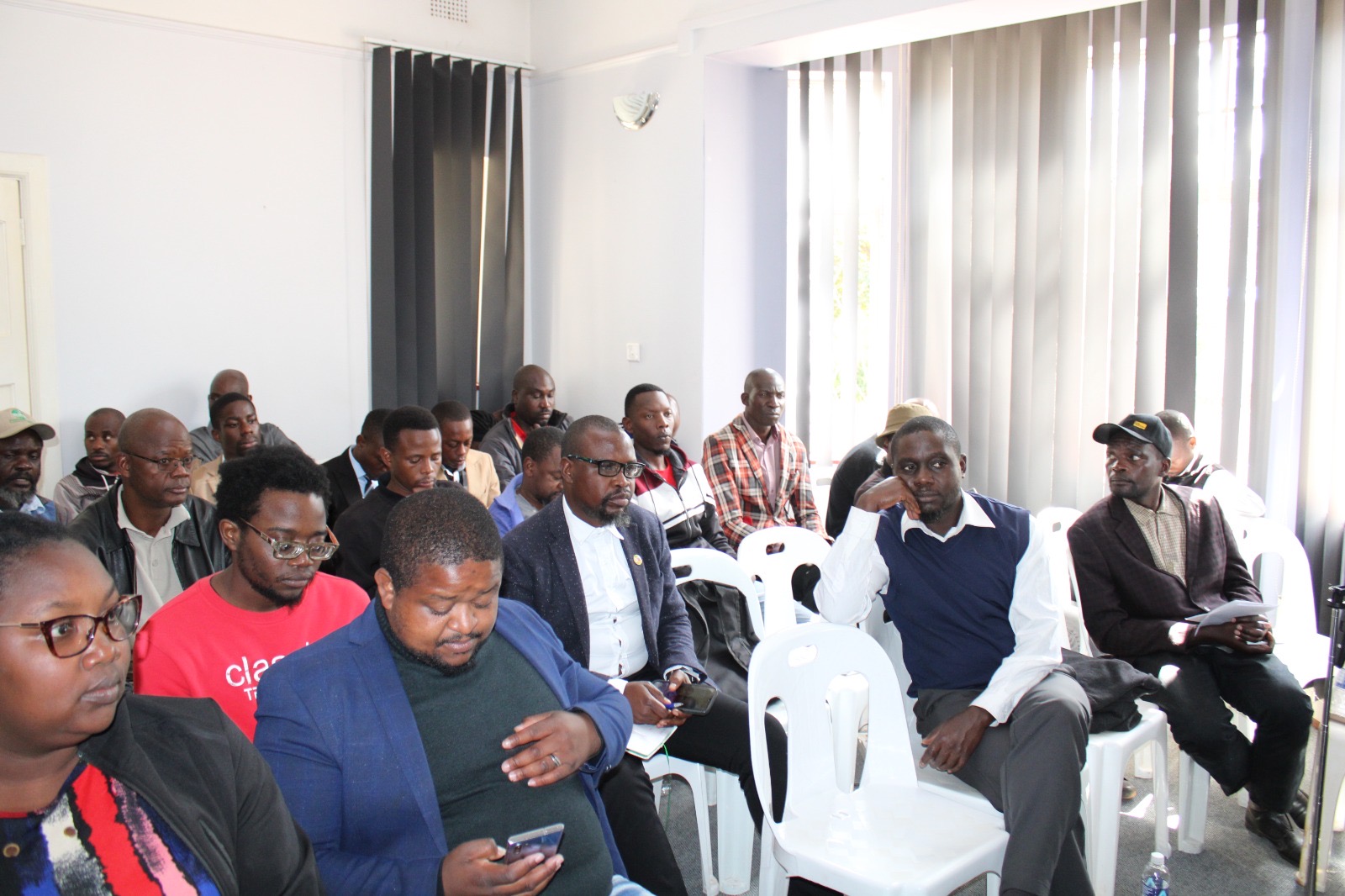Edward Machekano
Creating safe spaces isn’t the work of legislation alone—it’s also the responsibility of every news outlet, editor, and reporter.
For the key population in Zimbabwe, the notion of being heard has often been undercut by the way their stories are told: as footnotes, or worse, as spectacles.
The news cycle has long favored conflict-driven coverage, leaving little room for the softer, more honest stories that build community. Journalistic safety should be grounded in respect—where consent is not just requested, but prioritized, and where narratives are handled with care rather than curiosity.
The workshops facilitated by freelance journalists laid the groundwork for this paradigm shift, leading to the formulation of the Reporting Guide. This document is not merely an instructional tool; it’s a framework for cultural sensitivity, urging media professionals to treat stories not as objects of inquiry but as extensions of lived experience.
Building journalistic safe spaces means investing in relationships. It means returning to sources post-publication to ask, “Did we do you justice?” It means creating editorial climates where representation doesn’t feel like a risk but a right. And most importantly, it means listening—really listening—before the first word is written.

